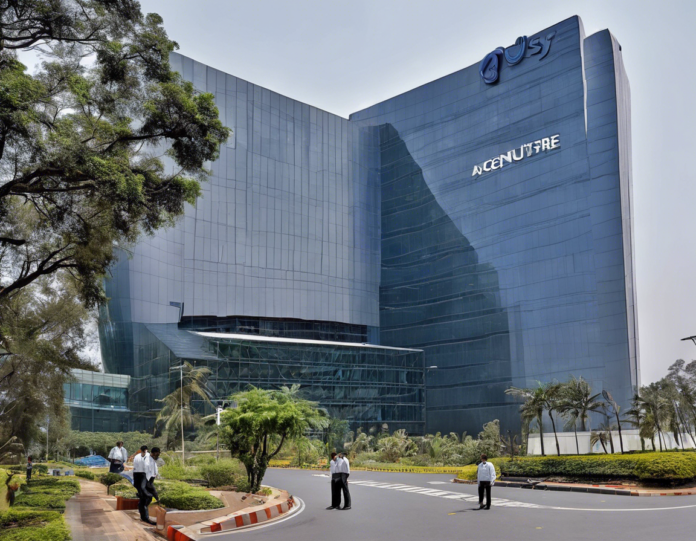The recent accidents involving Infosys and Accenture have left many people puzzled and concerned about the safety of employees in the workplace. In this blog post, we will delve into the details of the accidents, analyze the key factors that led to them, and explore ways to prevent similar incidents in the future.
Infosys Accident Overview
The Incident: The Infosys accident took place in one of their offices, where a fire broke out due to an electrical fault. Tragically, several employees were injured, and there was significant damage to the property.
Causes: The primary cause of the fire was identified as a faulty electrical wiring system in the building, which failed to meet safety standards. Additionally, a lack of proper fire safety measures and emergency protocols exacerbated the situation.
Response: Infosys faced criticism for their slow response in evacuating employees and providing timely medical assistance. The incident shed light on the importance of having robust safety protocols in place to handle emergencies effectively.
Accenture Accident Analysis
The Incident: In the Accenture accident, a structural collapse occurred at one of their construction sites, resulting in multiple injuries and fatalities among workers.
Causes: Investigations revealed that the structural collapse was due to substandard construction practices, including the improper placement of load-bearing beams and inadequate reinforcement of critical structural elements.
Response: Accenture faced severe backlash for compromising on construction quality to meet deadlines and cut costs. The incident underscored the critical need for stringent quality control measures in the construction industry to ensure the safety of workers and the public.
Preventing Future Incidents
1. Adherence to Safety Regulations: Companies must strictly adhere to building codes, fire safety regulations, and occupational health standards to prevent accidents and mitigate risks.
2. Regular Inspections and Maintenance: Regular inspections of electrical systems, fire suppression equipment, and building structures are essential to identify potential hazards and address them promptly.
3. Employee Training and Emergency Drills: Conducting regular safety training sessions for employees and practicing emergency evacuation drills can significantly improve response times during crises.
4. Quality Control in Construction: Construction companies must prioritize quality control measures, such as thorough site inspections, proper material testing, and adherence to structural specifications, to prevent accidents like the one at Accenture.
5. Transparency and Accountability: Establishing a culture of transparency, where employees feel empowered to raise safety concerns without fear of reprisal, is crucial for preventing lapses in safety protocols.
Frequently Asked Questions (FAQs)
1. What legal implications can companies face in the aftermath of workplace accidents?
Companies can face legal action, fines, lawsuits, and reputational damage for negligence leading to workplace accidents.
2. How can employees protect themselves in the workplace?
Employees should familiarize themselves with evacuation procedures, report safety hazards promptly, and wear appropriate personal protective equipment.
3. What role do regulatory authorities play in ensuring workplace safety?
Regulatory authorities set safety standards, conduct inspections, and enforce compliance to safeguard employee well-being in the workplace.
4. How can companies improve safety culture within their organizations?
Companies can promote safety awareness, provide regular training, incentivize safe practices, and foster a culture of open communication regarding safety concerns.
5. What are the long-term consequences of workplace accidents on employees and organizations?
Workplace accidents can result in physical injuries, mental health issues, financial losses, legal battles, decreased productivity, and damage to the company’s reputation.

